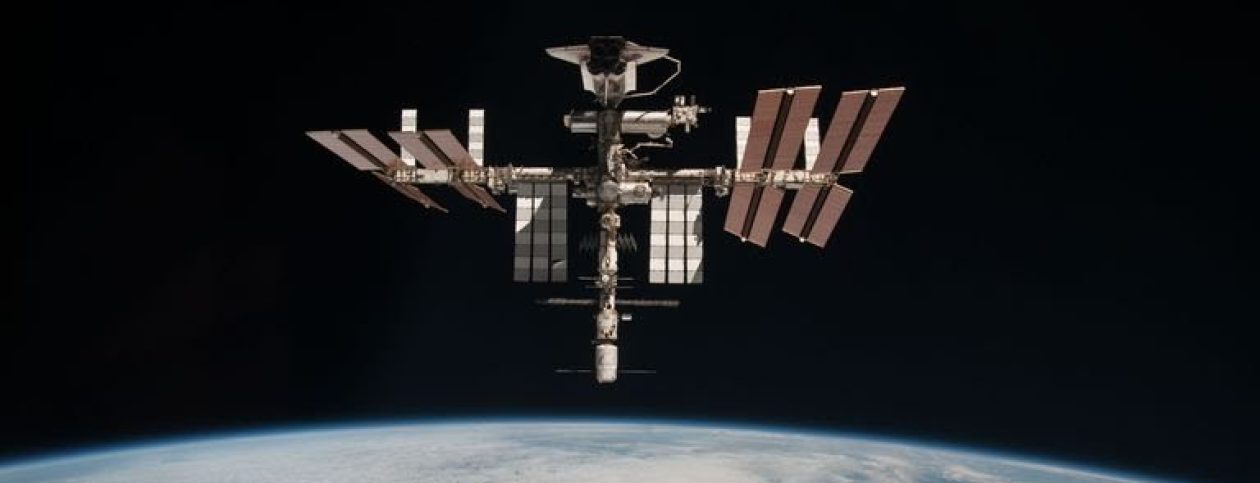https://www.sciencedaily.com/releases/2020/12/201209094216.htm
A thing we could use more around here on The Science Probe is audience partipation. A friend of mine named “Gisiom” sent me a link to this article because as far as travel in our own Solar System can take months and years to transverse. Space is HUGE! Much gratitude to my friend for sharing.
Date: December 9, 2020
Source:
University of California – San Diego
Summary:
Researchers have discovered a new superhighway network to travel through the Solar System much faster than was previously possible. Such routes can drive comets and asteroids near Jupiter to Neptune’s distance in under a decade and to 100 astronomical units in less than a century. They could be used to send spacecraft to the far reaches of our planetary system relatively fast, and to monitor and understand near-Earth objects that might collide with our planet.

Credit: © Mopic / stock.adobe.com
Researchers have discovered a new superhighway network to travel through the Solar System much faster than was previously possible. Such routes can drive comets and asteroids near Jupiter to Neptune’s distance in under a decade and to 100 astronomical units in less than a century. They could be used to send spacecraft to the far reaches of our planetary system relatively fast, and to monitor and understand near-Earth objects that might collide with our planet.
Description
Superhighway network to travel through the Solar System much faster than was previously possible. Such routes can drive comets and asteroids near Jupiter to Neptune’s distance in under a decade and to 100 astronomical units in less than a century. Accordingly, they could be used to send spacecraft to the far reaches of our planetary system relatively fast, and to monitor and understand near-Earth objects that might collide with our planet. This video shows the global arch-like
structure of space manifolds in the Solar System. The map shows the region between the outer edge of the main asteroid belt at 3 AU to just beyond the semi-major axis of Uranus at 20 AU. Orbits located on stable manifolds appear in a lighter color.
In their paper, published in the Nov. 25 issue of Science Advances, the researchers observed the dynamical structure of these routes, forming a connected series of arches inside what’s known as space manifolds that extend from the asteroid belt to Uranus and beyond. This newly discovered “celestial autobahn” or “celestial highway” acts over several decades, as opposed to the hundreds of thousands or millions of years that usually characterize Solar System dynamics.
The most conspicuous arch structures are linked to Jupiter and the strong gravitational forces it exerts. The population of Jupiter-family comets (comets having orbital periods of 20 years) as well as small-size solar system bodies known as Centaurs, are controlled by such manifolds on unprecedented time scales. Some of these bodies will end up colliding with Jupiter or being ejected from the Solar System.
The structures were resolved by gathering numerical data about millions of orbits in our Solar System and computing how these orbits fit within already-known space manifolds. The results need to be studied further, both to determine how they could be used by spacecraft, or how such manifolds behave in the vicinity of the Earth, controlling the asteroid and meteorite encounters, as well as the growing population of artificial human-made objects in the Earth-Moon system.







